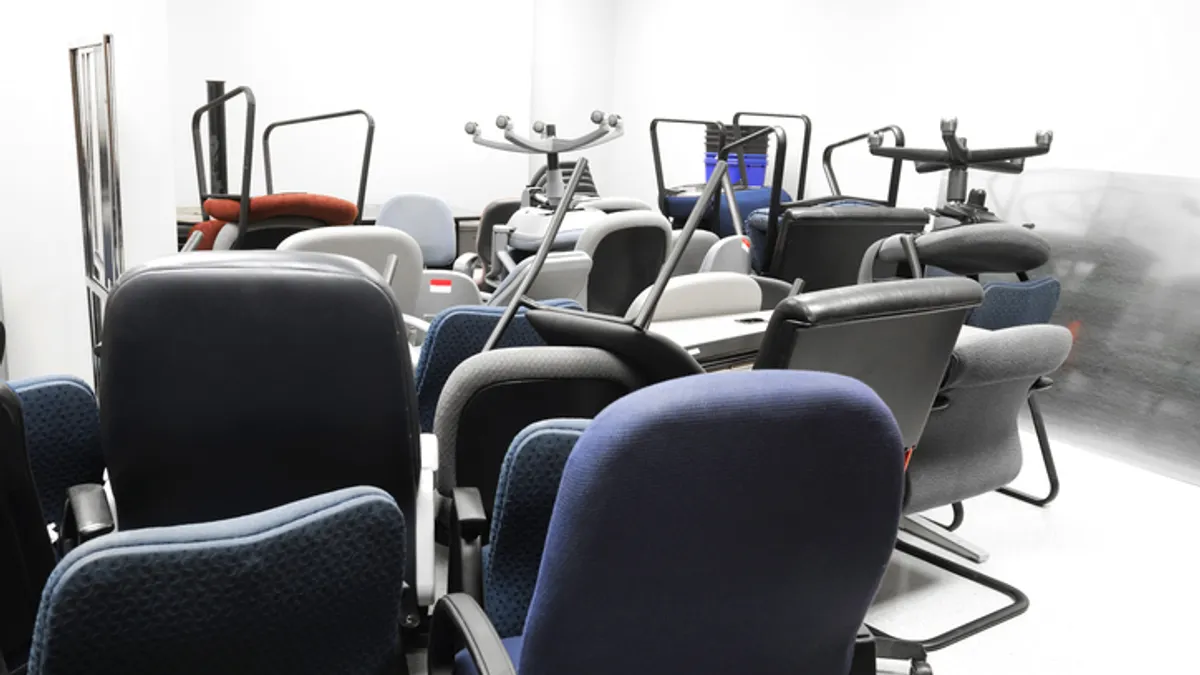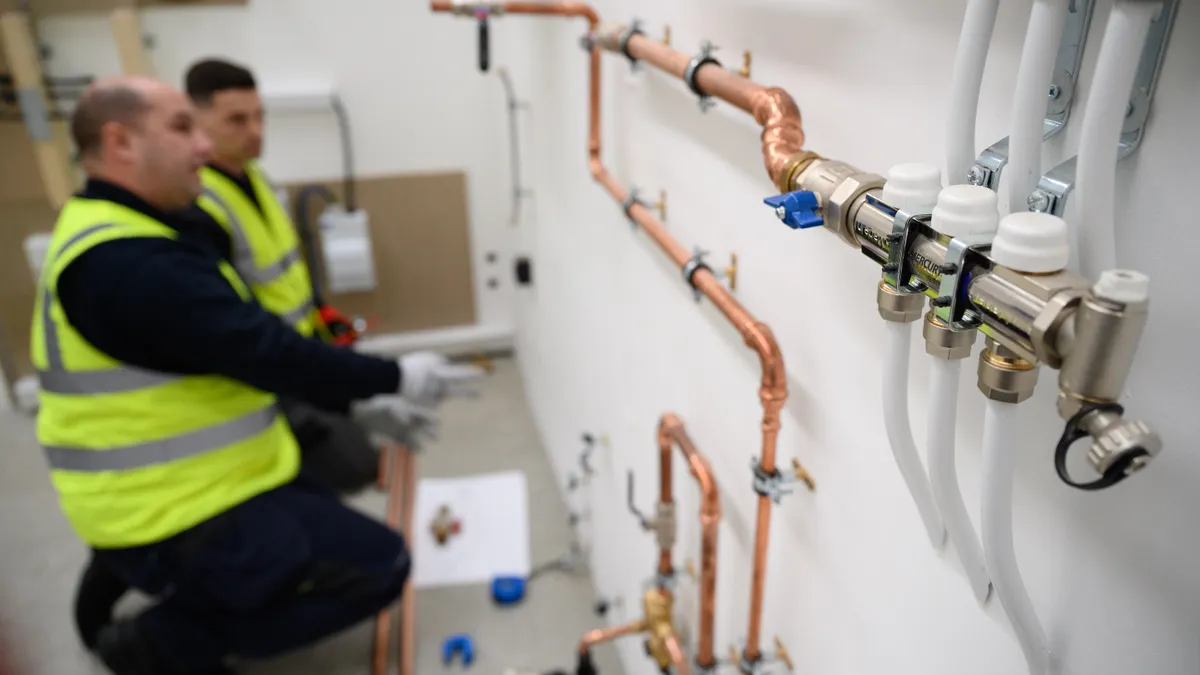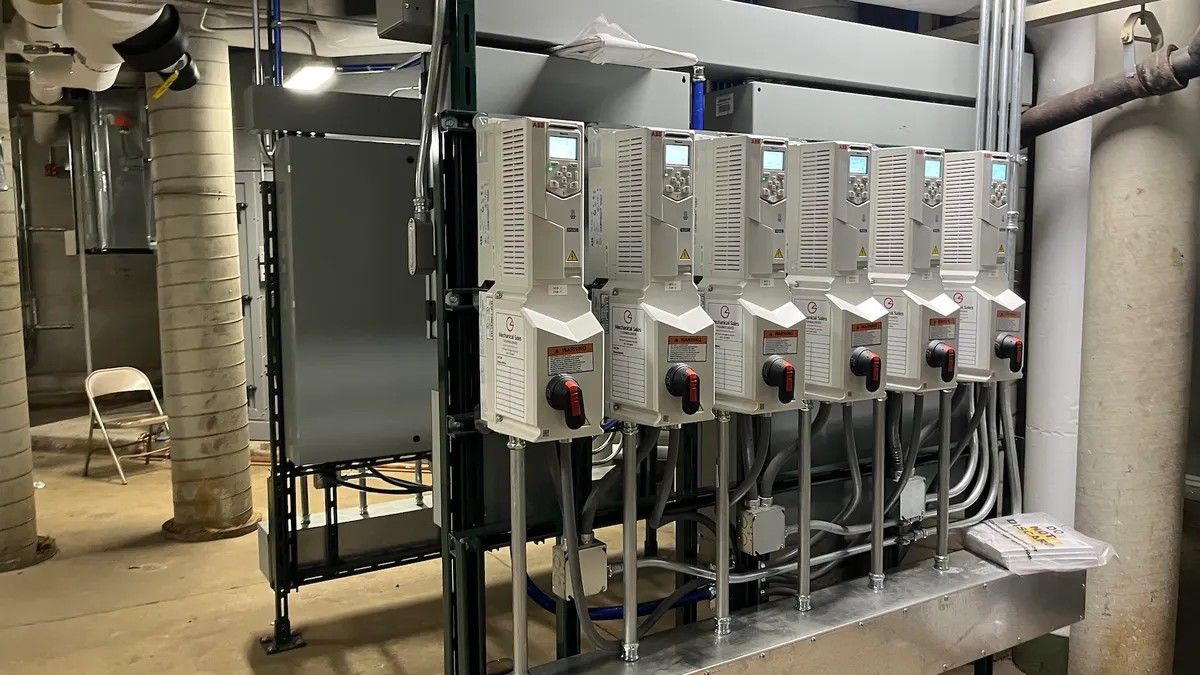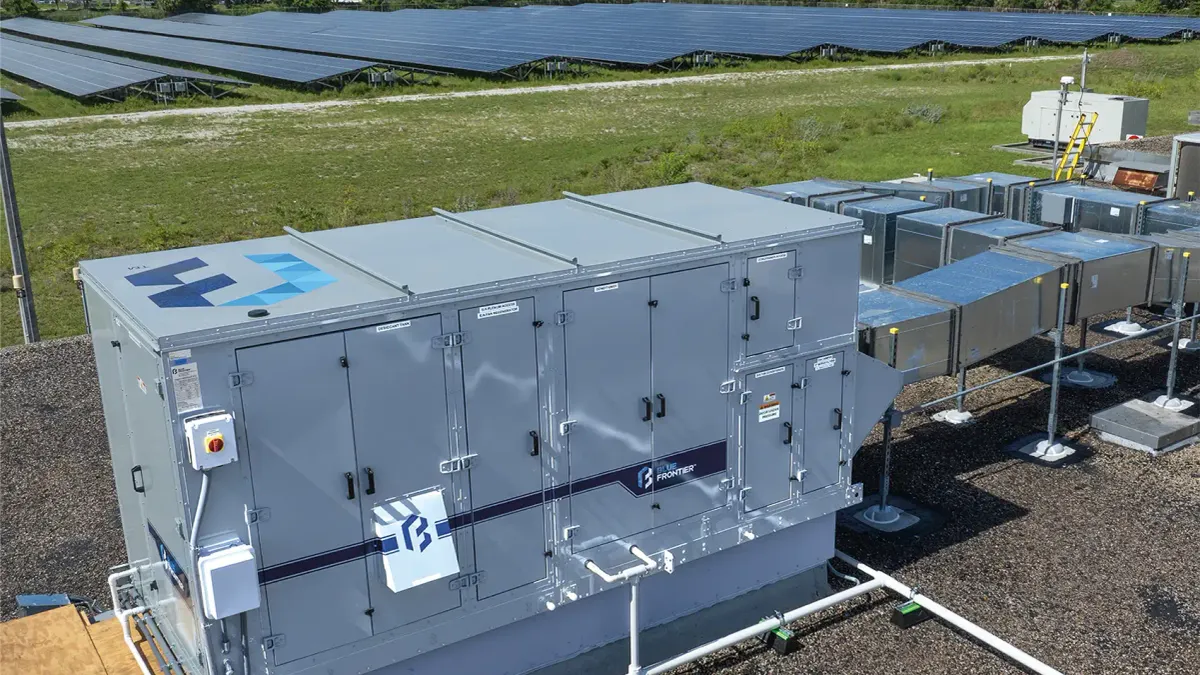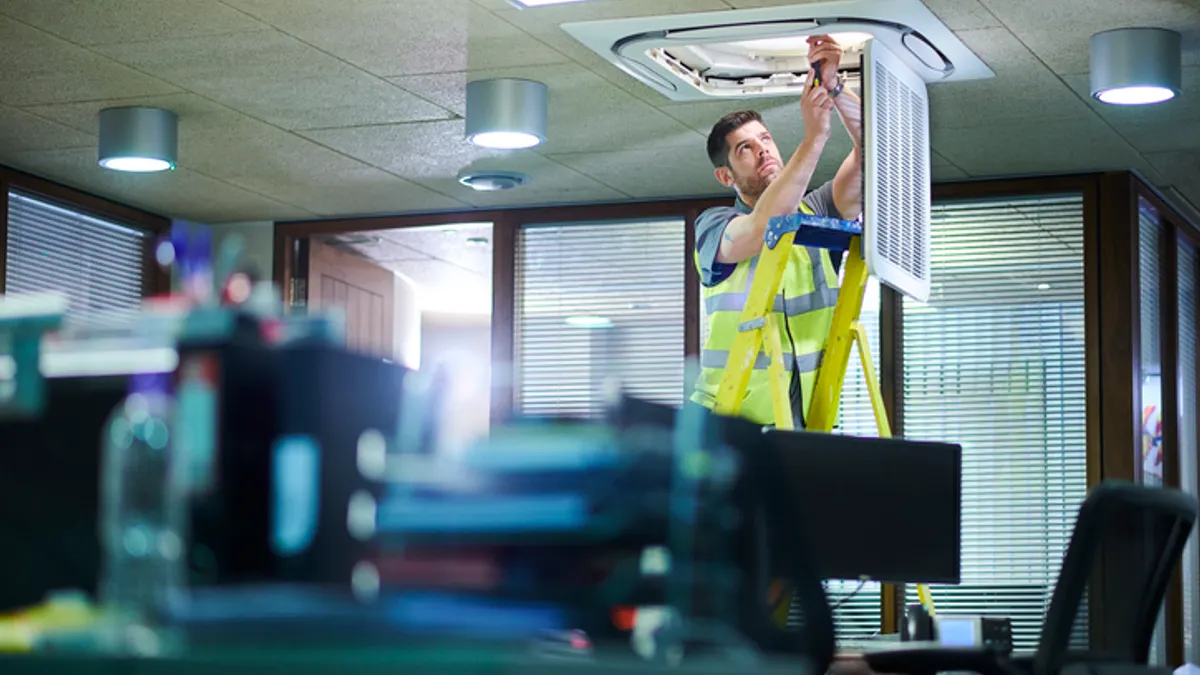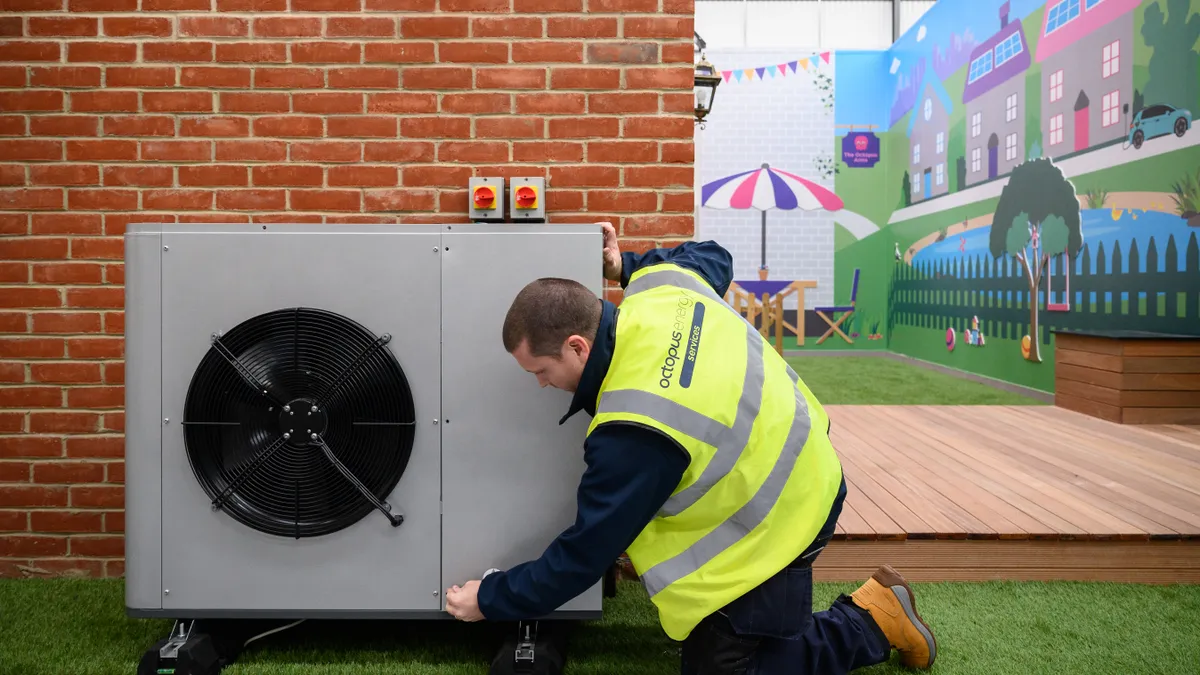Dale Ewing is CEO of Installnet, a company that facilitates custom furniture installations. Opinions are the author’s own.
The United States generates more than 12 million tons of furniture waste each year, with about 9 million of that ending up in landfills. That’s about the same weight as 90,000 blue whales. With landfill space shrinking and disposal costs rising, this waste makes furniture disposal a financial crisis as much as an environmental one. What many businesses don’t realize is, it costs less to reuse or recycle waste than to landfill or incinerate it.
This isn’t to say reusing or recycling furniture comes without hurdles. But the cost and environmental savings make those hurdles worth overcoming, especially when you factor in the climate benefits of reuse.
Consider this: You’re overseeing a 50,000-square-foot office renovation. The leadership team is looking for compelling stories and sustainability metrics to highlight in the annual report, along with, of course, cost savings. You’ve developed a decommissioning plan that includes donating good furniture to local nonprofits, reselling high-value items and recycling what cannot be reused. On paper, you’ve checked every box.

But the truth is that the Waste Reduction Model from the U.S. Environmental Protection Agency, the tool most facility managers rely on, accounts for less than 10% of actual climate benefit.
That’s not a typo. Research from Bard College found that WARM only captures a fraction of the greenhouse gas emissions avoided when office furniture is reused instead of landfilled. It entirely misses the upstream emissions avoided when replacement items are not sourced, manufactured and transported. For example, donating 100 chairs doesn’t just keep them out of a landfill; it prevents the carbon footprint associated with producing 100 new ones. Based on this analysis, the actual amount of greenhouse gas emissions avoided by sustainable decommission is nine times more than WARM estimates.
The consequence? Facility managers nationwide are underreporting substantial sustainability successes and missing chances to demonstrate leadership and build stronger ESG cases.
The facility manager’s dilemma
Facility managers are at the intersection of space planning, sustainability and cost control. Today, that role is more challenging than ever.
The pandemic has left organizations with mountains of surplus furniture. As employees return to the office in increasing numbers, companies are reconfiguring their space for hybrid work, adding shared desks and collaboration zones. This focus on hybrid workers results in large amounts of unused furniture. Additionally, ESG and sustainability reporting are no longer optional in many cases; boards, investors and regulators want verified data. What’s more, budget limitations compel facility managers to make the most of decommissioning funds even though they often lack sufficient time to stay up on evolving environmental metrics.
WARM only goes so far. The EPA’s tool was designed to measure the climate benefits of recycling and landfill diversion. It wasn’t built for commercial furniture.
What the data show
The Bard College research team analyzed 14 common office furniture items using lifecycle assessments, or LCAs. The results were striking. WARM captured only 6–28% of the actual emissions avoided when furniture was reused.
For facility managers, the numbers tell a clear story. Take a task chair. Its landfill impact is 6.33 kg of carbon dioxide equivalent. But by reusing that chair — and avoiding the manufacturing of a new one — you actually save 64.80 kg CO2e. That’s a tenfold difference.
The challenge to revising how emissions are calculated and reported is the lack of data. Aside from one manufacturer, Humanscale, few manufacturers publish accessible LCAs. When they do, the data is often buried in 400-page reports. Inconsistent reporting standards also make like-for-like comparisons difficult.
What facility managers can do
This is a lost opportunity for facility managers to demonstrate value. If you’re missing 90% of your climate benefits, you’re losing the leverage to secure support.
The good news is that facility managers don’t need to wait for federal tools to catch up. In the short term, for reporting, request Environmental Product Declarations and LCAs from furniture manufacturers for new purchases and push vendors for transparency. When working with suppliers, recyclers or decommissioning partners, ask them to use consistent definitions, such as “reuse” versus “recycling” so your ESG reporting compares consistent metrics. Leverage new digital tools, including AI-based tracking systems, that can help by logging what items are diverted, where they go and calculate avoided emissions.
Finally, share the community impact, including what was donated, who received it and how it’s being used. Donated furniture often benefits schools, nonprofits and transitional housing. A few desks might seem minor to a company renovating its space but to a struggling school district, it can make a difference. Adding the social benefits humanizes the results and strengthens the narrative.
By adopting lifecycle-based greenhouse gas measures that supplement WARM estimates and prioritize the items most frequently diverted from landfills, facility managers can have a powerful voice in shaping what these standards look like, just as they helped drive adoption of LEED and green building certifications.

